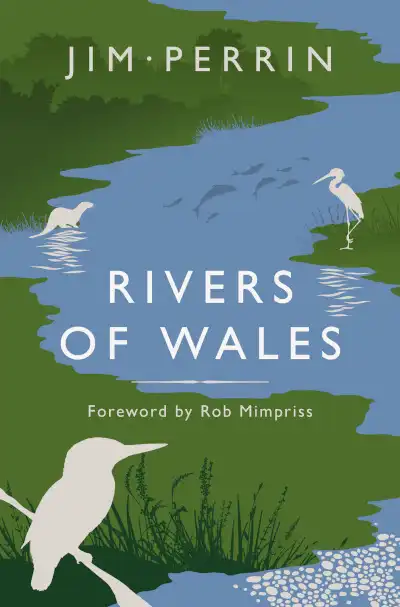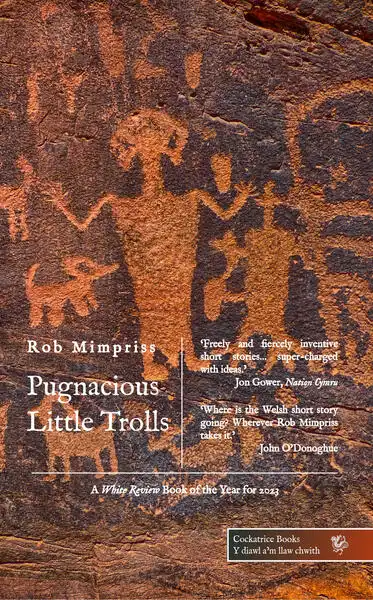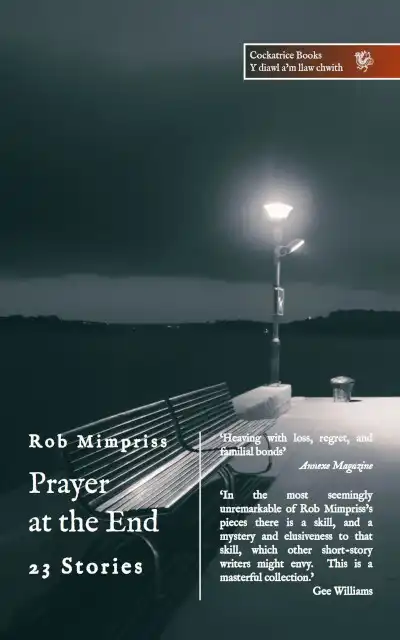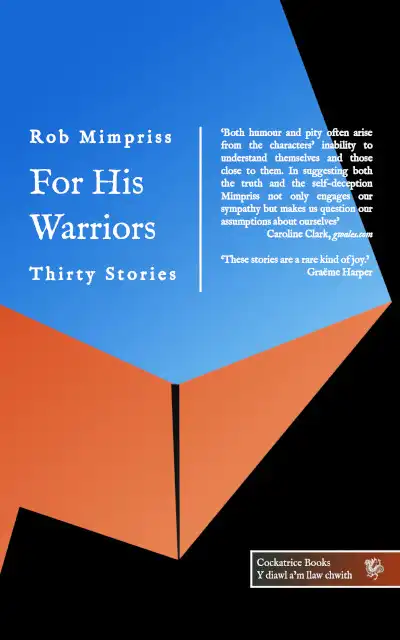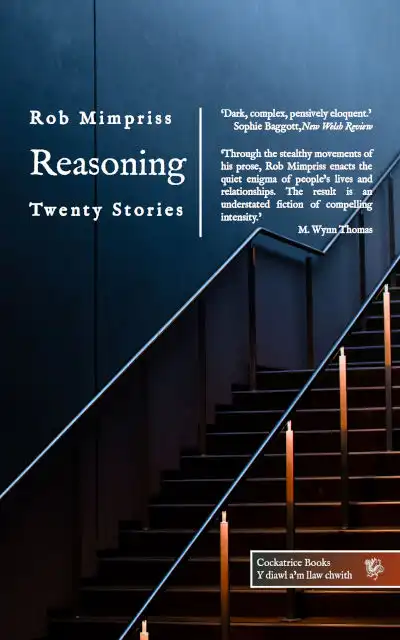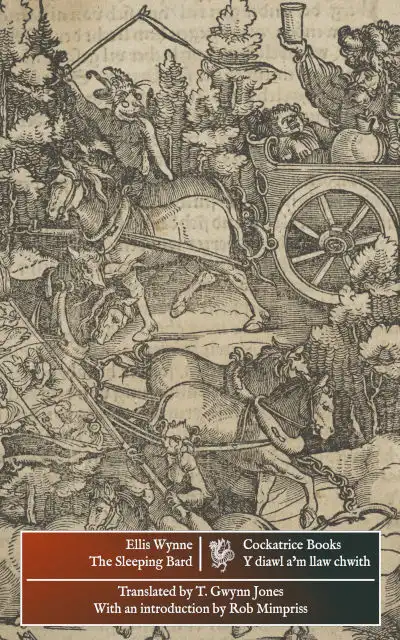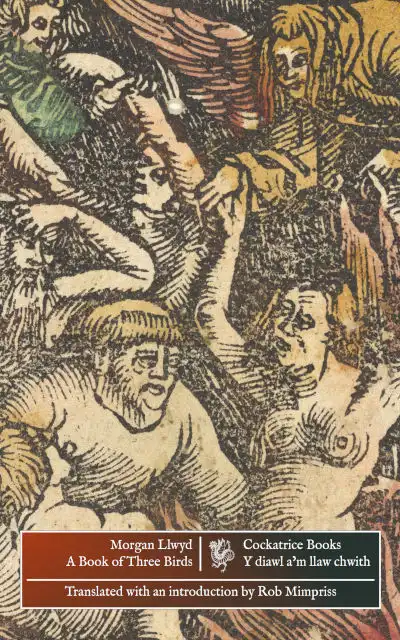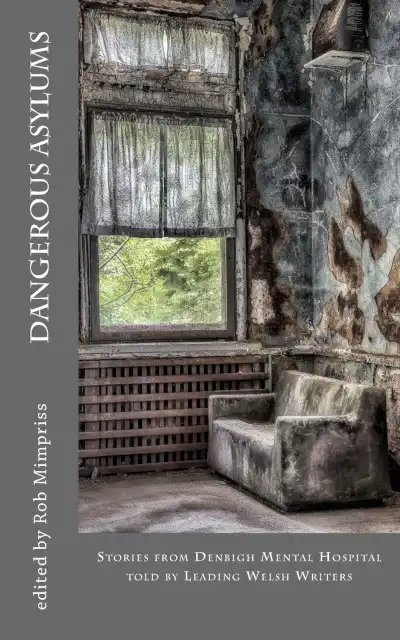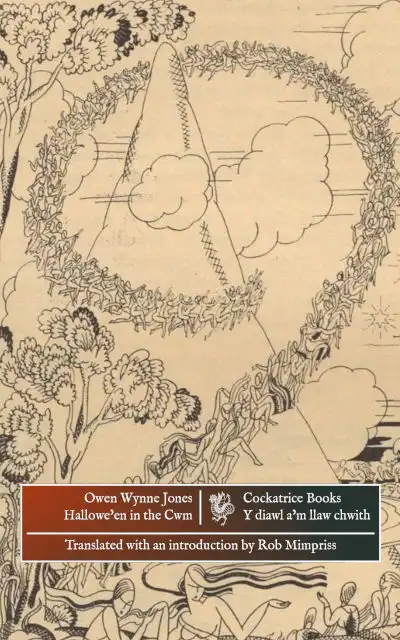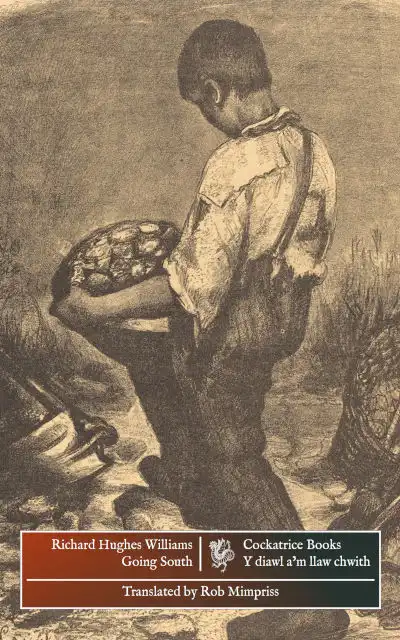Publisher: Gwasg Carreg Gwalch, 2022 | ISBN: 978-1845278397 | Format: 14.5x22.3cm hardback | Length: 292 pages | Price: £18.50.
Buy from Gwasg Carreg Gwalch
From the back cover:
‘Rivers, remember, are the feminine principle of landscape.’
Jim Perrin, Introduction
Writer, broadcaster and rock climber, Jim Perrin divides his time between Wales and Ariège. As a climber he developed classic new routes and made solo and free ascents of great difficulty. His books have won many prizes. He has appeared frequently at literary festivals throughout Britain, Ireland and Canada.
‘The pre-eminent writer on the British landscape.’
Peter Beaumont, The Observer
Writing from diverse perspectives, Jim looks at the geography, mythology, social and natural histories which exist alongside flowing waters. Both a celebration of Wales’s rivers and a lament for the environmental disregard now current towards them, this book appeals to a broad readership.
‘Rivers of Wales gives us Jim at his most companionable… he will celebrate a good ale, a hearty meal, a lively conversation; he shows affectionate enjoyment of the eccentricities of those he meets; yet the quality of which he speaks most is generosity.’
Rob Mimpriss, Foreword
‘No one else in contemporary Wales is capable of writing prose of this exceptional quality… he deserves to be recognised as the most singular, and the most outstanding prose-writer of present-day Wales.’
M. Wynn Thomas, New Welsh Review
From the reviews:
‘the rich and distinctive voice of [Jim] Perrin.’
Adam Somerset, Wales Arts Review
‘a deeply personal exposition of the physical, cultural, and historical riches that our rivers offer… This is writing from within the landscape. We feel a depth of connection between author and subject that speaks of a symbiosis’
Ben Wildsmith, Nation Cymru
‘Jim Perrin follows streams to the lowlands in his new book, Rivers of Wales. It is easy to be swept away in its strong currents of folklore, to tumble through the literary cascade of writers and to float gently to the sea in its verdant cultural landscape. In many ways, it is a stream of literary consciousness.’
Catherine Duigan, New Welsh Review
From the foreword:
In Snowdon (Gomer, 2012) Jim’s prose is erudite and purposeful. In The Hills of Wales (Gomer, 2016) it vividly reflects the sparseness of a landscape of ‘startling geometries,’ ‘elegant, sharply defined,’ which speaks to us most clearly when we are alone (p. 133). His descriptions of the hill-slopes above Llanllechid at dusk, the hill-slopes I have known since childhood, convince me that his writing will not lead us astray. Yet in contrast to the focus of the other books, The Rivers of Wales gives us Jim at his most companionable. It is filled with books he admires, folk-tales and anecdotes that will entertain us, people with whom he has shared the landscapes he describes, and it is a delight to be led through the book as though by a long-familiar walking partner, knowledgeable, observant and funny. It is a cliché to say that Seneca is pleasanter to read than the other Stoics because he is more fleshly and fallibly human. Jim differs from Thoreau in part because he lacks his po-facedness and pomposity.
If one is taken aback by the range and ferocity of his views, one will contrast them with those of the bigoted, who in fact have few opinions because they have few interests, and who express those few with the meanness and fearfulness which have polluted their capacity for joy…
Buy from Gwasg Carreg Gwalch
